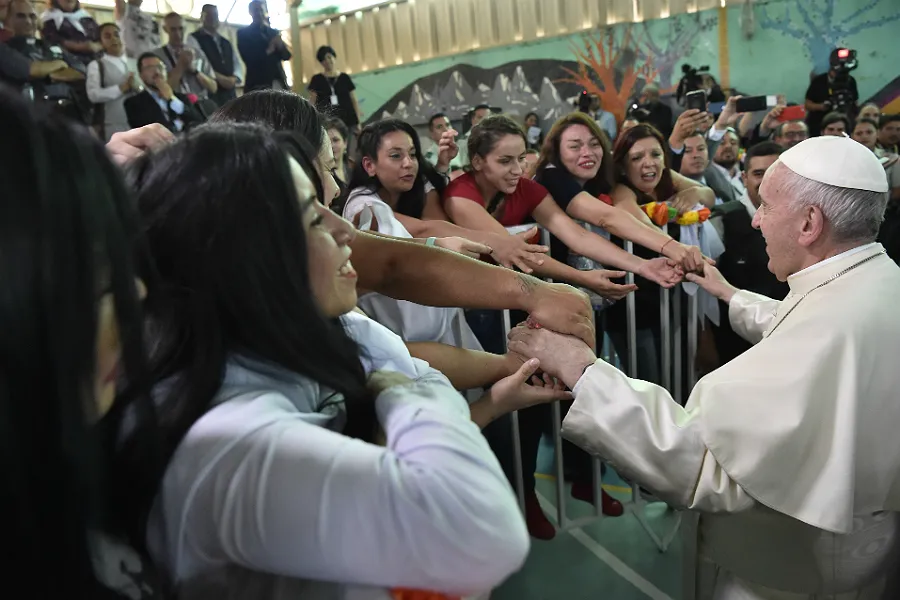
CNA Staff, May 21, 2024 / 10:50 am (CNA).
The Vatican on Tuesday said it would take “no further canonical procedure” after an investigation into abuse allegations against a Canadian cardinal revealed no evidence of misconduct or abuse.
Cardinal Gerald Lacroix, the archbishop of Quebec and member of the Council of Cardinals that advises Pope Francis, was accused as part of a class-action lawsuit against his archdiocese of abusing a 17-year-old girl almost four decades ago. The cardinal has denied the accusation.
The Vatican in March commissioned André Denis, a former judge of the Superior Court of Quebec, to conduct an investigation into the allegations.
In a Tuesday statement, the Vatican said Denis’ investigation concluded on May 6 and had been “consigned to the Holy Father in the following days.”
“In the light of the facts examined by the judge, the report does not permit to identify any actions that amount to misconduct or abuse on the part of Cardinal Gérald C. Lacroix,” the statement said. “Consequently, no further canonical procedure is foreseen.”
Pope Francis has authorized Denis himself to issue a statement “summarizing the elements of his investigation,” the Holy See said. Denis is also permitted to “answer any questions that may arise on the matter.”
“The Holy Father extends his profound thanks to Judge André Denis for having completed, within the prescribed time, the mandate entrusted to him and which he carried out with impartiality in the context of the class-action lawsuit brought against the Archdiocese of Quebec,” the statement continued.
In January LaCroix said he “categorically” denied the allegations made against him.
“Never, to my knowledge, have I made any inappropriate actions towards anyone, whether minors or adults,” he said. “My soul and my conscience are at peace in the face of these accusations, which I refute.”
When it was filed in 2022, the class-action lawsuit against the Archdiocese of Quebec included the testimony of 101 people who said they were sexually assaulted by dozens of clerics or Church staff from 1940 to the present.
In that filing, Canadian Cardinal Marc Ouellet was also accused of sexual assault. The Vatican in 2022 said an investigation revealed “no elements to initiate a trial” against the prelate.
If you value the news and views Catholic World Report provides, please consider donating to support our efforts. Your contribution will help us continue to make CWR available to all readers worldwide for free, without a subscription. Thank you for your generosity!
Click here for more information on donating to CWR. Click here to sign up for our newsletter.





Leave a Reply